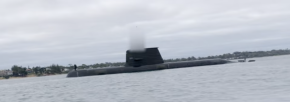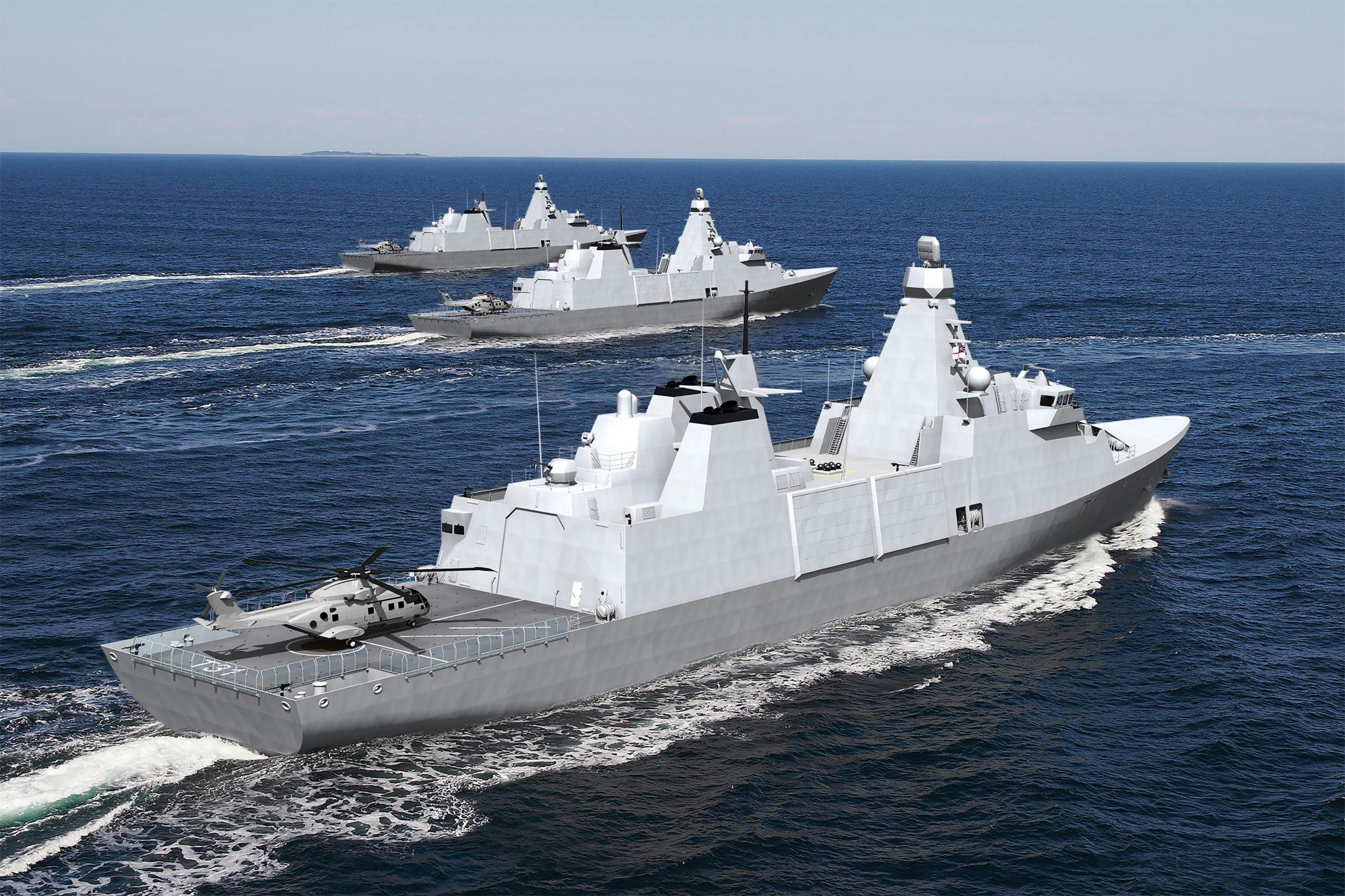How much scope is there to increase the production capacity at Henderson and Osborne anyway?
And I'm not talking about drydocks, build halls and shiplifts.
I'm talking about the fact that pretty much our entire capability to build a decent sized ship (whether civilian or military) is based away from our major population centres where a lot of people who have the appropriate skills want to live.
Nothing against Perth or Adelaide, but they aren't Sydney, Melbourne or Brisbane. Perth especially is a long and quite expensive flight to go back to the east coast to visit family/friends.
My understanding is that the cadence at either yard can be altered, however the selected rate aligns with the required price and impact on continuous ship building commitments. So it is due to a choice the government made (rightly or wrongly).
Too fast a cadence brings too much cost forward in the budget. The government already has problems balancing the current spend. Any more and there is less for other community services like education and health etc. Or a bigger deficit.
Too fast a cadence also recreates the valley of death situation we just had in the late 30s/early 40s. Finishing mid 40s allows direct continuation into the Hobart, AOR and LHD programs, plus restarting the patrol boat/landing craft in the west.
BAE have said they could do a 12 month cadence at Osbourne, I remember this from some Jan media statements. Their Type 26 build time in the UK is reducing to 60 months (from 96 months), and they will shortly be at the 12 month frequency.
An appropriate new facility in Henderson could release ships on a 12 month or less cadence, once up and running. The Japanese and Koreans can build a full ship within two years and spit them out every six months, and the Europeans can do this too.
So we could have two ships a year if we wanted (1 Hunter, 1 GPF), and this could occur from about 2030 as well. We chose not to because it costs a lot and it wrecks the future.
Build rate and cadence is dependent on:
- The facility: being able to build more than one hull simultaneously, and have protection from the weather.
- The number of shifts: working more than one daily shift (normally 8 hours) per day. A second shift doubles the rate, a third trebles it. 7 day working even more.
- Processes: having modern automated equipment (such as robotic metal cutting and welding) and using global best practices (i.e modular construction).
- Supply chain. Establishing local providers, ensuring long term commitment, ordering in bulk, and ordering early.
All four aspects are or will be available in either Osborne or Henderson. There are enough workers in both locations, the labour squeeze is not that bad.
Just a comment on cities, having lived in Sydney, Adelaide and Perth (and Hobart where I grew up), there are problems with all locations for employment. Sydney has a big population, but the majority of people are way out west and a long way from the waterfront where ships would be built. If you have caught a train from Blacktown to the CBD you will know what I mean. Forget about driving, you will spend more time on the road than at work. The average welder has no hope of affording living in the inner city suburbs.
Perth has a lower population, but is still over 2 million, and just behind Brisbane. I have a 20 minute drive to work without a single traffic jam and I live 20 minutes from the CBD. My house is the same price as an apartment in Sydney. People can comfortably live in the northern suburbs and work at Austal, or down south and do the same. We even have weekend shopping at Coles. As a result, Perth is the fastest growing city in Australia.
I personally live in Perth because my family (whom I love dearly, but like in small doses) live in Sydney and Brisbane. That and the beaches are good.



